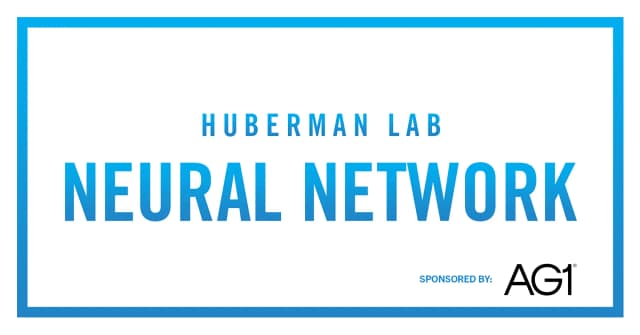In the episode “Tools to Enhance Working Memory & Attention,” I explain a particular type of memory called working memory — where you keep a limited amount of information “in mind” so you can apply it toward a specific goal. Examples of working memory include remembering a phone number, name or address for only as long as you need to, then forgetting it, which essentially reopens your working memory to flexibly use other information. Working memory requires attention and is critically dependent on the neuromodulator dopamine. Your working memory capacity is important to your ability to task-switch when necessary to move throughout your day in a productive, focused way.
NSDR (or yoga nidra) is a practice of deliberate muscle relaxation that allows the brain to enter a shallow, sleep-like state. Both practices involve listening to a script that includes breathwork and focused attention on the body while you are lying down. You can find zero-cost NSDR scripts here.
One study showed that yoga nidra increased dopamine levels in key brain regions by up to 60%. Other studies corroborate this finding with cognitive performance tasks, showing both NSDR and yoga nidra improve performance. Consider incorporating this practice 2-3x per week in 10-to-20-minute sessions.
Exposure to cold water (shower or cold tub, for 1-3 minutes) greatly increases dopamine and other catecholamines (norepinephrine, epinephrine) for many hours afterwards. While deliberate cold exposure is uncomfortable in the moment, afterwards you will feel alert yet calm and likely will have improved focus and attention. To increase your attention for a study/work session, try incorporating a deliberate cold exposure of 1-3 minutes in duration 30-60 minutes prior to a work bout requiring working memory.
